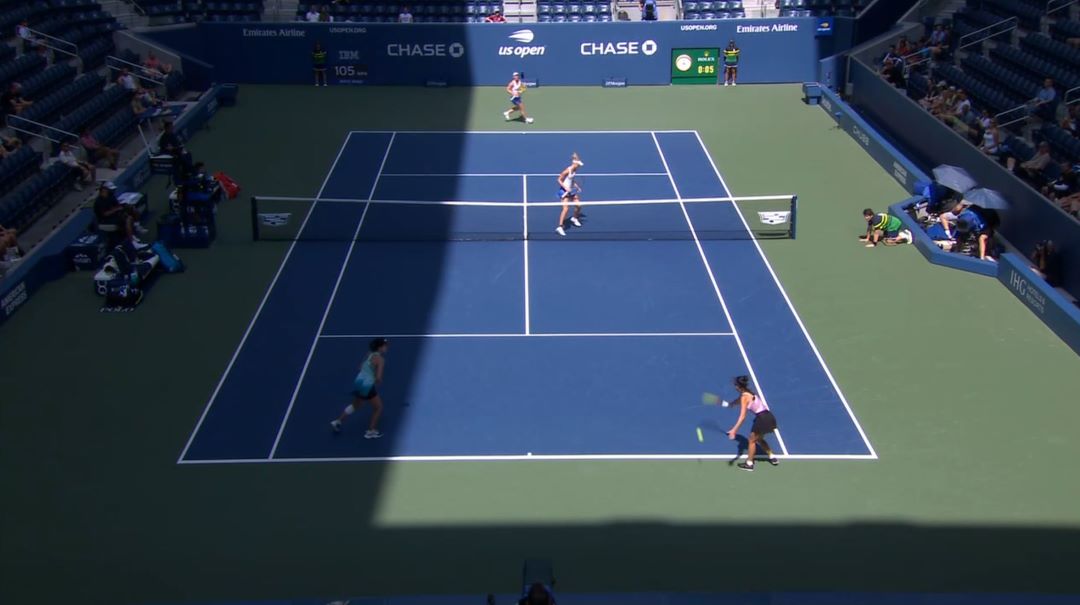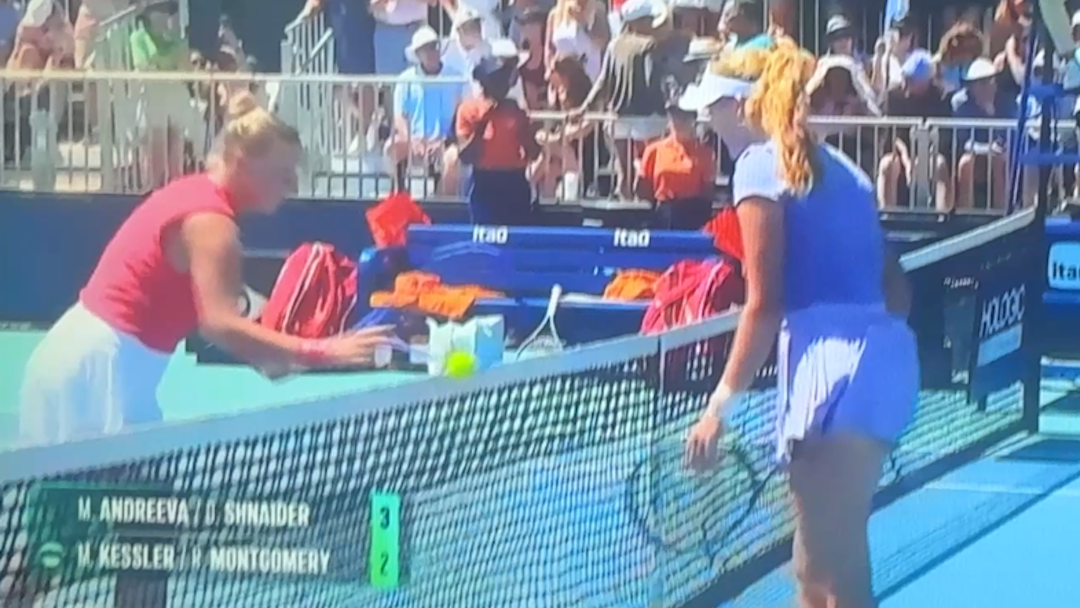I was in junior high when cable television was first installed in my neighborhood. That is a milestone that is a testament to the fact that I am old. How my brother and I subsisted with only four over-the-air broadcast channels (ABC, NBC, CBS, and PBS) feels almost unimaginable now. For his part, the Trophy Husband grew up with even more meager options. His childhood home only got the three major networks (no PBS) via a not-always-reliable signal repeater. More channels didn’t come until after he had left home for college. That difference in media access isn’t a reflection of our age difference, but rather an example of the persistent media divide between rural America and the slightly less rural town where I grew up.
It was a happy day when cable TV finally came into my life. It opened a wealth of viewing opportunities not previously available. However, my Mom immediately decreed that our household would not be subscribing to any movie channels. Consequently, I spent much of my early teenage years babysitting for families that subscribed to the best movie packages (and later video game consoles) that were banned from our house.
The first year Wimbledon rolled around, my brother and I thought we had found the perfect workaround. HBO was the broadcast carrier of “Breakfast at Wimbledon,” which featured the Centre Court matches from the tournament. While we were correct in understanding that Grand Slam tennis coverage would get our Mom to relent on the “no movie channel” ban, we overestimated her systemic commitment to shutting that access down once the fortnight had concluded. Consequently, my teenage years were all punctuated with an annual summer movie binge that was always very short lived.
You’re probably wondering what any of this has to to with Roland-Garros.
This year, live broadcast rights to Roland-Garros in the United States are owned by Warner Bros. Discovery, which doesn’t exactly have a recent track record broadcasting tennis. 2025 is year one of a ten-year rights agreement, and it will be a major shift in how US audiences will experience the tournament. TNT Sports will carry the rough equivalent to the Tennis Channel’s “Center Court Live,” featuring the network’s selection of the marquee matches and key storylines. truTV will provide something billed as “whiparound” coverage, which sounds like a potentially ADHD way to view highlights moments after they occurred. TNT Sports will produce dedicated morning and evening studio shows directly from Roland-Garros.
If that is not fragmented enough, for fans who want to watch any match on demand (that’s me!), a subscription to “Max” is essential. That streaming platform is currently carrying Roland-Garros qualifying rounds. None of my streaming services included Max, because I don’t take any unnecessary movie channels, so this weekend I have activated a month long subscription to that service. Consequently, unless it is raining, as this post pushes out I will be deep into watching the final qualifying round between Taylor Townsend and Daria Saville. Once the French Open has concluded, I will be promptly cancelling my Max service. (I am my mother’s daughter, after all.)
Still not seeing the HBO “Breakfast at Wimbledon” connection?
As it turns out, a series of media mergers and acquisitions folded the HBO brand into what is presently known as the Warner Bros. Discovery conglomerate. That theoretically dispels my concerns that this first year of the Roland-Garros ten-year contract will be largely a learning and growing experience as the network learns how to broadcast tennis. I am hoping there is someone around who remembers how to cover the sport from the HBO Breakfast at Wimbledon days of yore.
Still, I am highly concerned that viewership numbers will be low, as American audiences struggle to figure out exactly where the matches they are interested in are airing. I spent a lot of time this week examining my streaming services and App installations to make sure I would be covered when the main draw gets underway on Sunday. I am not convinced that tennis fans in the United States will be nearly as proactive. My fear is that the first week of Roland-Garros will go largely unwatched.
Fortunately, the Tennis Channel will be running replays, and yesterday the network (finally) published a “How to watch and stream Roland Garros 2025 on Tennis Channel, TNT, Max, and truTV” guide that all tennis fans should bookmark. Surely, the media rights negotiations for the replays included a requirement for the Tennis Channel to advertise where live action is carried.
This brings this story back to where we started. Decades after HBO Wimbledon coverage opened the portal to not only tennis but also movies, I’m navigating a labyrinth of streaming apps just to catch Roland-Garros on my own terms. While I sincerely hope Warner Bros. Discovery rediscovers its tennis broadcasting heritage in time to do the French Open justice, I worry that casual fans won’t know where—or how—to find the matches. It all feels disjointed.
In any case, I will probably be cancelling the Max movie service the moment the trophy is raised in Paris. That is, unless the streaming service can hook me with some well-positioned movie trailers. (Here is a hint: tennis documentaries!)



